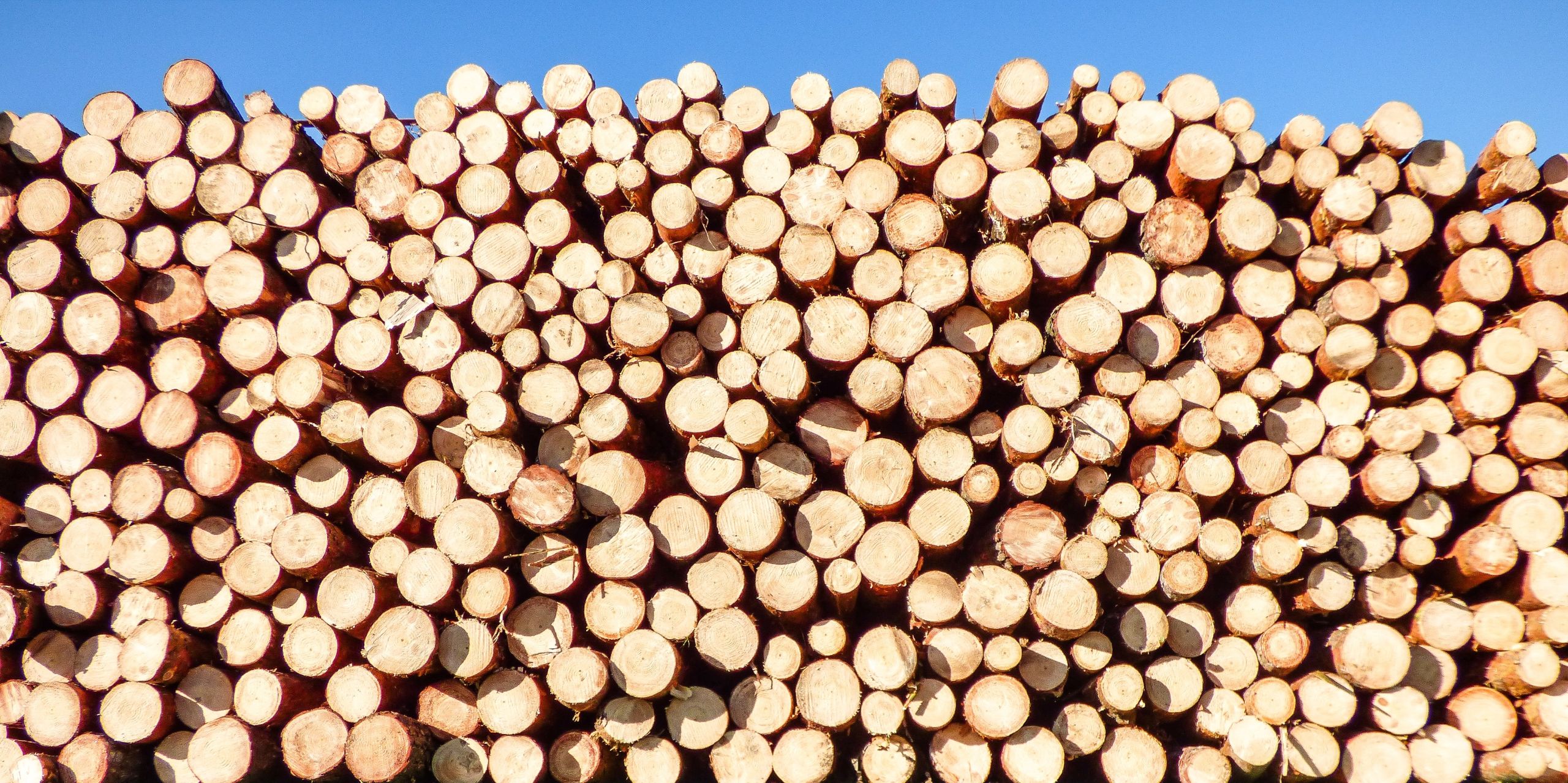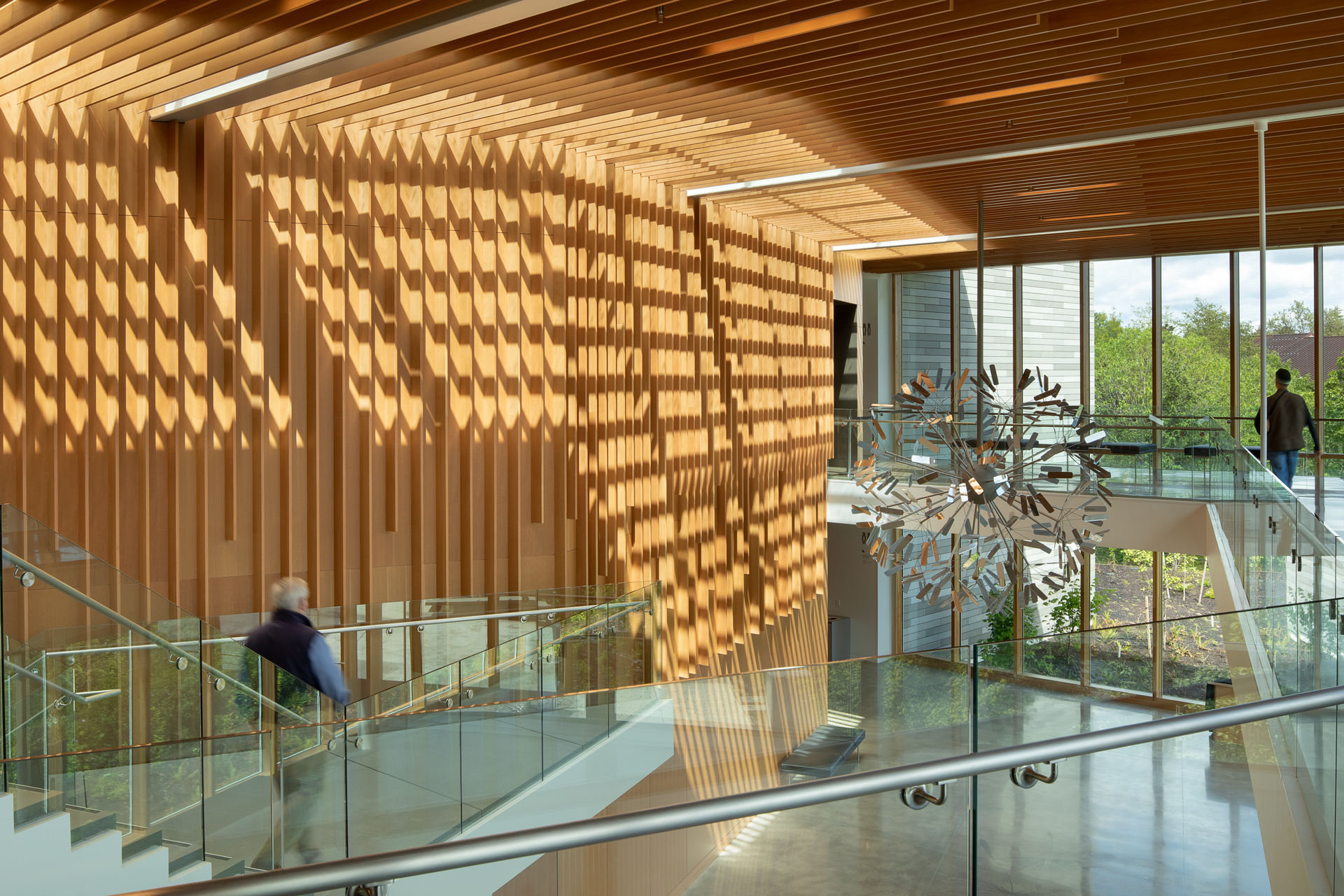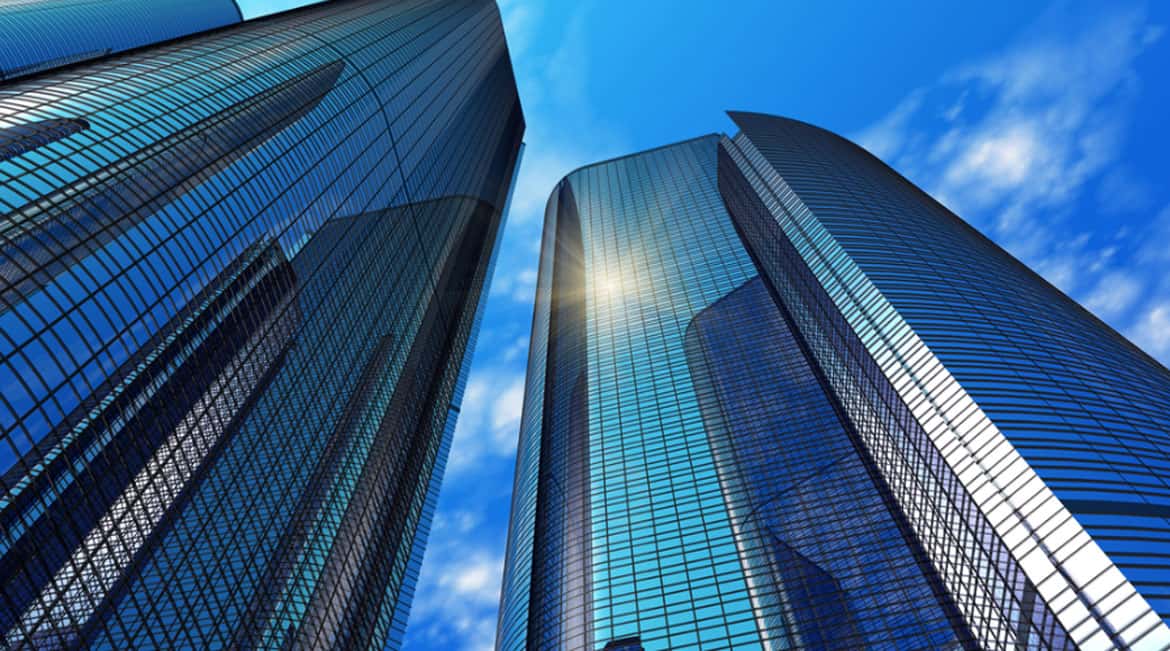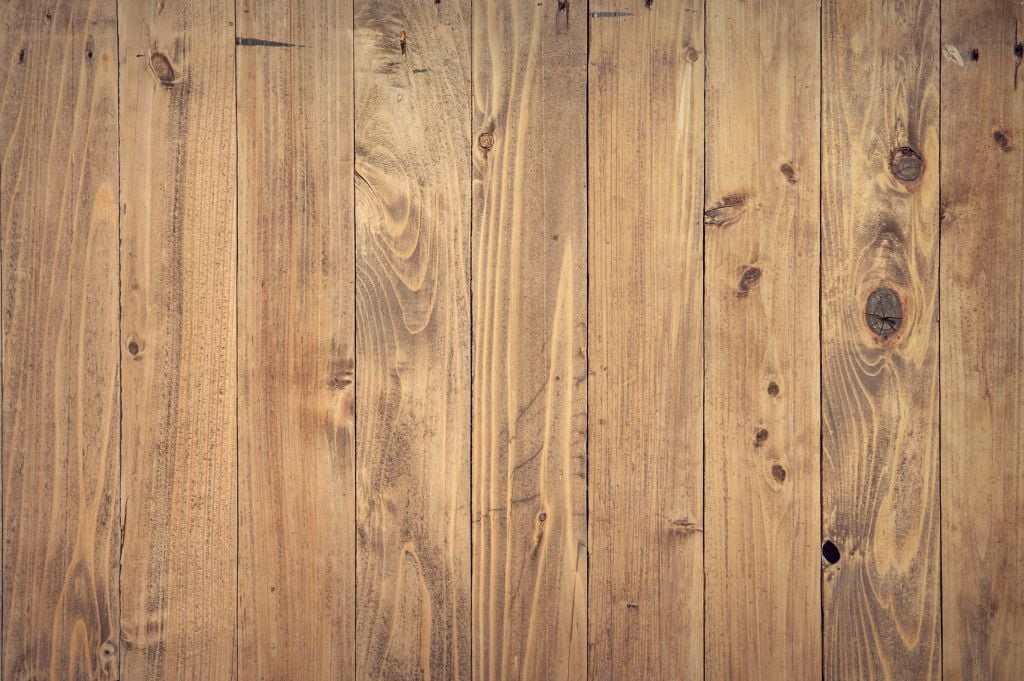Important Criteria for Designing a High Rise Building
Be it condominiums, offices, shopping centers, or mixed-use complexes, high-rise buildings are the mainstay of today’s urban environment. Moreover,...
Floor, wall and ceiling mounted to meet your unique project design.

Mass timber construction is a sustainable building technique that uses mass timber products such as cross-laminated timber (CLT) to build large structures. This method of construction has been gaining in popularity due to its minimal environmental impact, cost-effectiveness and quick installation time. In mass timber construction, the mass timber product is cut into panels which are then connected with shear plates or dowels and secured together with bolts, screws or adhesives.
The structure is also equipped with mechanical systems like underfloor air distribution (UFAD) for climate control. Mass timber construction provides an efficient and sustainable building solution while being just as structurally sounds as concrete. It is quickly becoming the preferred method of construction for modern structures. It's a great example of how innovative engineering and technology can come together to create a reliable and eco-friendly way to build.
Cross-Laminated Timber (CLT) is an innovative mass timber product made of layers of cross-laminated glulam, which is created by bonding multiple layers of wood together using adhesives. Each layer has a specific orientation, and they are pressed together under extreme pressure and cut into the desired shapes. CLT mass timber construction provides strength and stiffness at a fraction of the weight of conventional materials like steel and concrete, making it an ideal choice for constructing buildings with tall walls or multiple stories. Additionally, CLT systems can be prefabricated in a factory setting before being transported to the site where they are assembled according to the engineering plans. This increases accuracy and allows for quicker construction times with minimal disruption to the surrounding area.

Encapsulated mass timber construction is a newer method of mass timber construction which uses mass timber panels to construct large buildings. This method of mass timber construction has two main components: the mass timber panel and an encapsulating material that is applied to both sides of the mass timber panel, forming a protective barrier around it. The encapsulating material used can be anything from foam insulation, steel or concrete encasement, and even glass fiber reinforced gypsum boards. Encapsulated mass timber construction provides increased fire resistance while still offering the same structural performance as CLT mass timber construction. Encapsulated mass timber construction also provides additional benefits such as improved thermal comfort, better acoustic performance and improved air quality,

The mass timber product used in mass timber construction is typically a mix of different species of wood like spruce, pine, larch or Douglas fir that are cut into panels and glued together. These mass timber panels can be up to 10 stories tall and support large structures like office buildings, schools and apartments. This cost is low comparted to traditional building materials and offers many benefits. For instance, with designs like encapsulated mass timber construction, mass timber projects are more fire-resistant and limit the spread of flame and smoke. Additionally, mass timber projects are rated better than traditional concrete products for their soundproofing qualities. Finally, mass timber construction can be used in seismic zones, since it has a high seismic resistance compared to other building materials. The mass timber system is designed to dissipate energy away from the structure by using elastomeric bearings beneath larger mass beams. This helps reduce damage in case of an earthquake or other seismic event.
When it comes to sustainability, mass timber construction proves a clear winner. Mass timber is naturally renewable, and mass timber products use fewer resources in their manufacturing than concrete or steel. Moreover, mass timber construction has been proven to sequester carbon dioxide from the atmosphere, making it an environmentally friendly choice for building materials. Mass timber construction also offers other environmental benefits such as reduced energy consumption due to improved thermal insulation and decreased CO2 emissions thanks to its efficient design.
Mass timber construction is a revolutionary building technique that is quickly becoming the preferred option for today's architects and engineers looking for a greener alternative for their projects. As mass timber projects continue to grow in the United States and around the world, architecture, construction and engineering partners are working together to make these builds run just as smoothly, if not more, than traditional steel or concrete buildings.
At AirFixture, we understand the investment and artistry that goes into a mass timber project. Building and office designs have used overhead air distribution for decades giving today's offices a cold, industrial feel while sacrificing comfort, cleanliness and cost effectiveness. Our underfloor air distribution system allows for the wooden architecture to shine. By moving the air distribution to below your feet, occupants of the room will have more opportunity to marvel at and talk about the mass timber construction around them, all while having consistent airflow and comfort throughout the occupied breathing zone.
Learn more about how AirFixture’s underfloor air distribution systems serve the growing mass timber market.

Be it condominiums, offices, shopping centers, or mixed-use complexes, high-rise buildings are the mainstay of today’s urban environment. Moreover,...

As real estate developers look for more sustainable and architecturally appealing building solutions, mass timber construction has exploded in...
Getting a green building designation is quickly becoming a must-have for developers. The benefits of sustainable development are clear, ranging from...